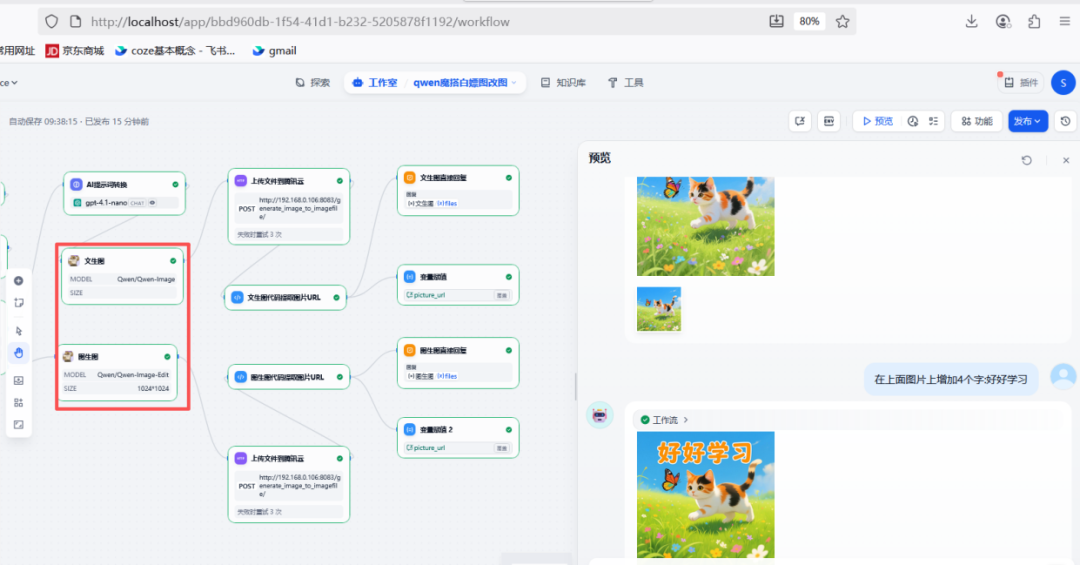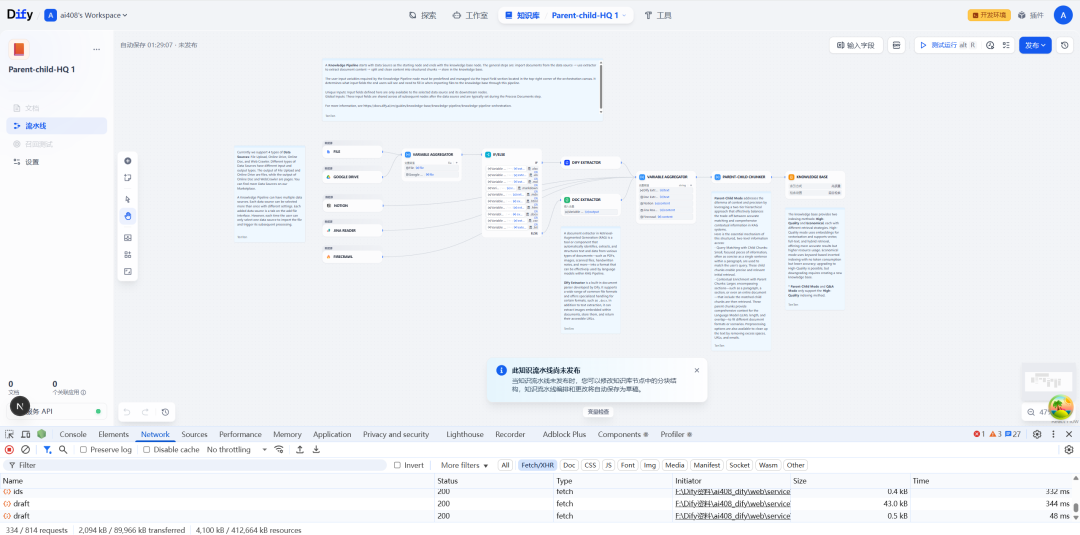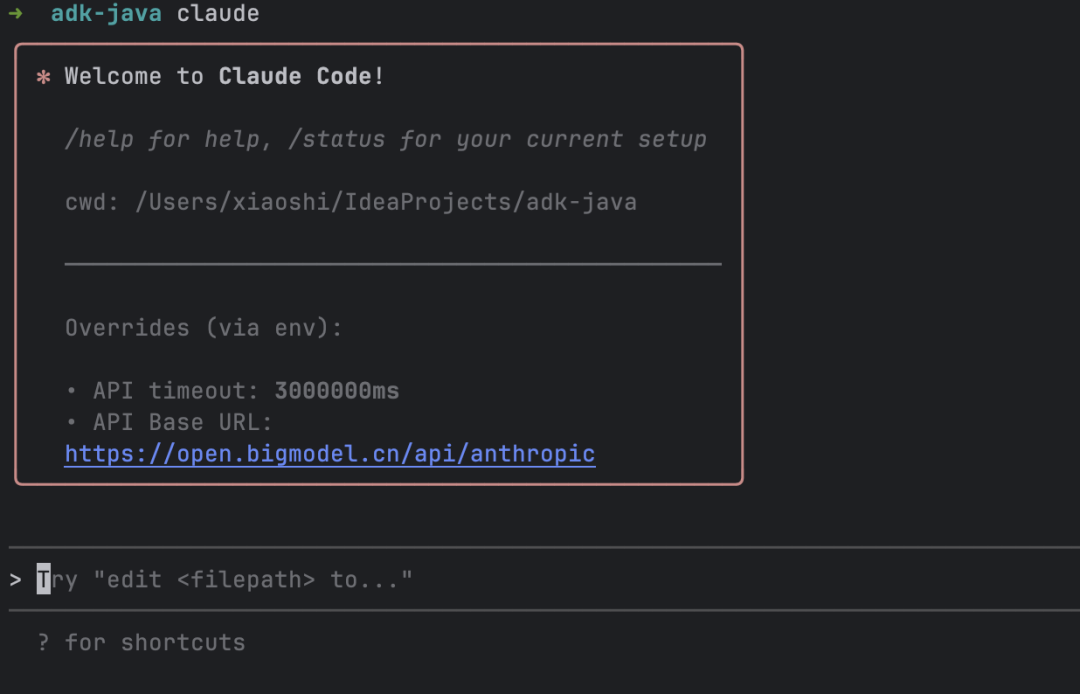AI Agents are driving Large Language Models (LLMs) from "conversation" to "action". A real Agent not only understands commands, but can also autonomously plan, invoke tools, and interact with the external environment to accomplish complex tasks. This is supported by a powerful open source framework.
Currently, there are many excellent projects in the field of AI Agent frameworks, which have their own merits in terms of design philosophy, task scheduling, tool integration and even multi-agent collaboration capabilities. In this article, we will conduct an in-depth comparative analysis of the eight mainstream frameworks to help developers and teams find the most suitable solution for their needs.
1. LangChain: the de facto standard for LLM application development
summary
LangChain is the infrastructure for the LLM application development space. It was not designed specifically for Agents, but its comprehensive ecosystem of components makes it a starting point for building Agents.
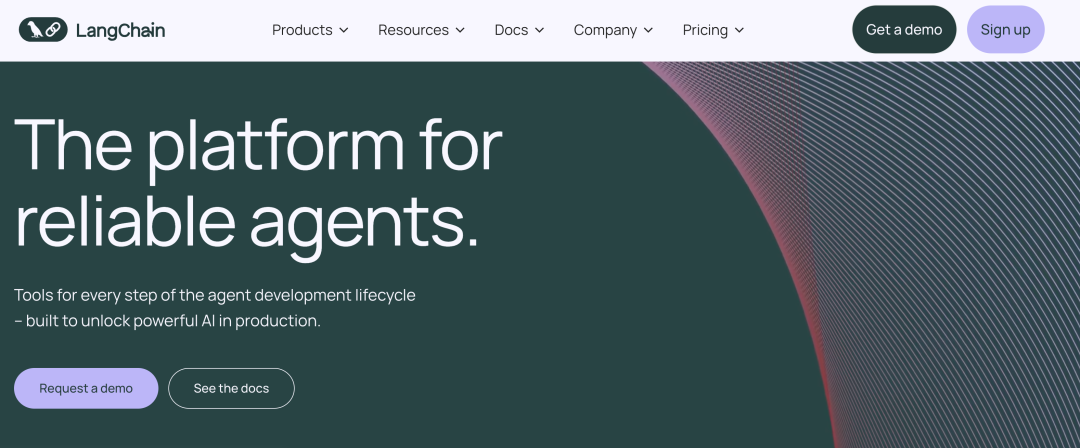
Core features
- Comprehensive Components: Provides a complete module from Document Loaders, Vectorstores, Memory to Tools.
- Agent Strategy: Supports a variety of Agent runtime policies, such as
ReAct,Plan-and-Executecap (a poem)ConversationalThe - LCEL (LangChain Expression Language): This is LangChain's newest core feature, which is available through the pipeline operator
|Combining different components fluidly results in cleaner code and easier parallel execution and streaming output.
technical architecture
LangChain The architecture is centered around Chain The conceptual construction of the LCEL will PromptTemplate,LLM cap (a poem) Output Parser and other components into an executable task flow. Its Agent module is connected to a stream of executable tasks via the AgentExecutor to manage the Agent's thinking and action cycles. At the same time, it integrates LangSmith for debugging and observability, which is critical in the development of complex Agents.
Scenario
- Requires a highly customized, generic Agent build.
- Build applications around RAG (Retrieval Augmented Generation), dialog systems, and code analysis.
- as a foundational framework for learning and understanding how Agents work.
2. CrewAI: Collaboration-oriented "corporate" agent teams
summary
CrewAI The core idea is "teamwork". It abstracts agents as team members with specific roles (Role) and goals (Goal), through the process (Process) to collaborate to complete complex tasks.
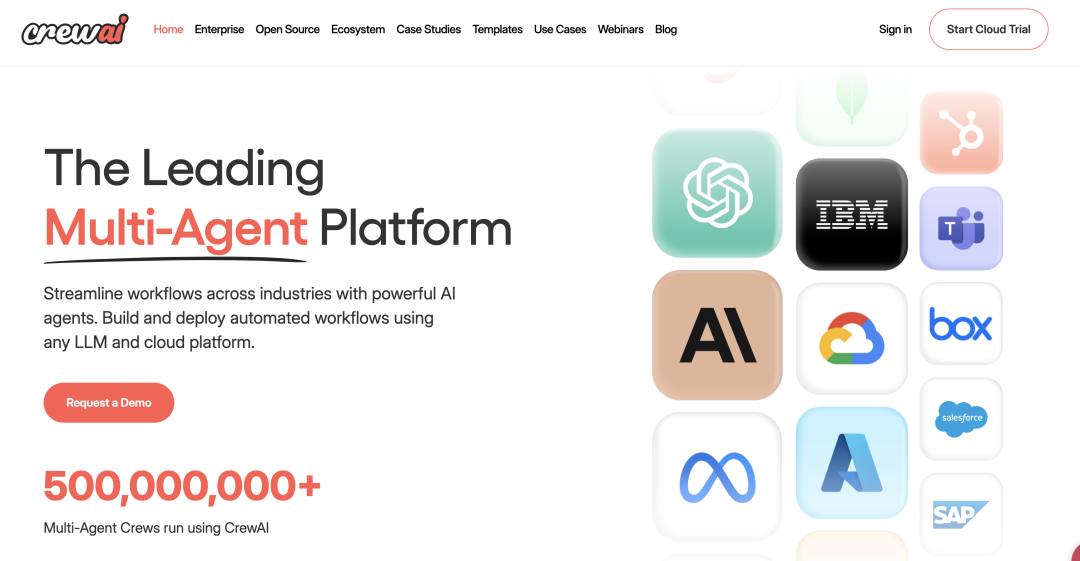
Core features
- Role-based division of labor: Each Agent is clearly structured with defined roles, responsibilities and available tools.
- Built-in Collaborative Processes: The framework has built-in task scheduling and collaboration mechanisms that support sequential or hierarchical task execution.
- Flexible Configuration: Each Agent can be independently configured to use a different LLM, allowing the selection of the optimal model for different tasks.
technical architecture
Its architecture consists of three core components:Agent(Define executor),Task(definition of tasks) and Crew(organizes Agents and Tasks and initiates execution).CrewAI Can be seamlessly integrated LangChain The ecosystem of tools makes it possible to have a clear structure without losing the powerful functionality of scalability.
dominance
CrewAI The model is very close to real-world workflows. For example, the process of writing a market research report can be broken down into: a Researcher Agent is responsible for collecting data, an Analyst Agent is responsible for integrating the data, and a Writer Agent is responsible for writing the report. This model makes task decomposition and management very simple.
Usage Scenarios
- Multi-step tasks that require clear division of labor, such as content creation, market analysis, and code review.
- Office automation processes within the enterprise.
3. AutoGPT: an early explorer of autonomous intelligences
summary
AutoGPT It was one of the first projects to trigger the concept of "Autonomous Intelligence". Its goal is to realize a fully automated, closed-loop system: the user is given an end goal, theAutoGPT It will be able to autonomously deconstruct tasks, execute them and perform self-assessment and correction.
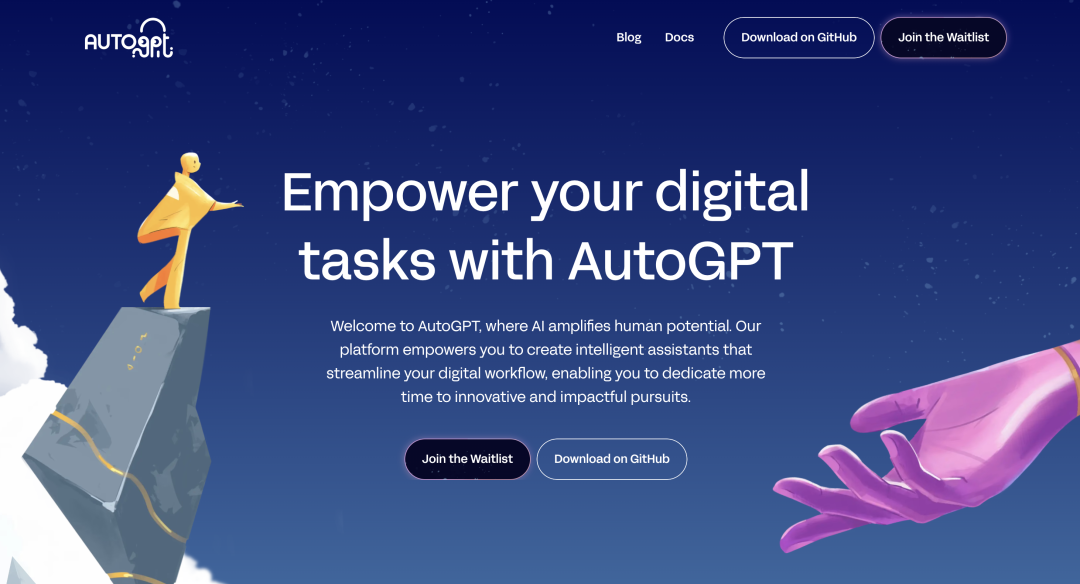
Core features
- Fully autonomous circulation: Follows the Think -> Act -> Observe cycle without human intervention.
- Long-term memory:: Long-term storage and retrieval of information using vector databases.
- Dynamic tool invocation:: The ability to make autonomous decisions about which tools (e.g., web search, file reading and writing) to invoke to achieve a goal.
strengths and weaknesses
AutoGPT The groundbreaking significance of LLM Agent is huge, and it shows the world the potential of LLM Agent. However, it has also revealed obvious problems in practical application: task disassembly is prone to errors, the execution process may fall into a dead loop, and the consumption of tokens and computational resources is huge. Therefore, it is regarded more as an experimental project than a productivity tool.
Usage Scenarios
- AI Agent Proof of Concept and Academic Research.
- Non-critical tasks such as automated data collection and preliminary studies.
4. AgentVerse: a platform designed for multi-intelligence socialization and collaboration
summary
AgentVerse is an experimental framework introduced by researchers at Tsinghua University that focuses on complex dynamic interactions between multiple Agents, such as debate, negotiation, and cooperation.
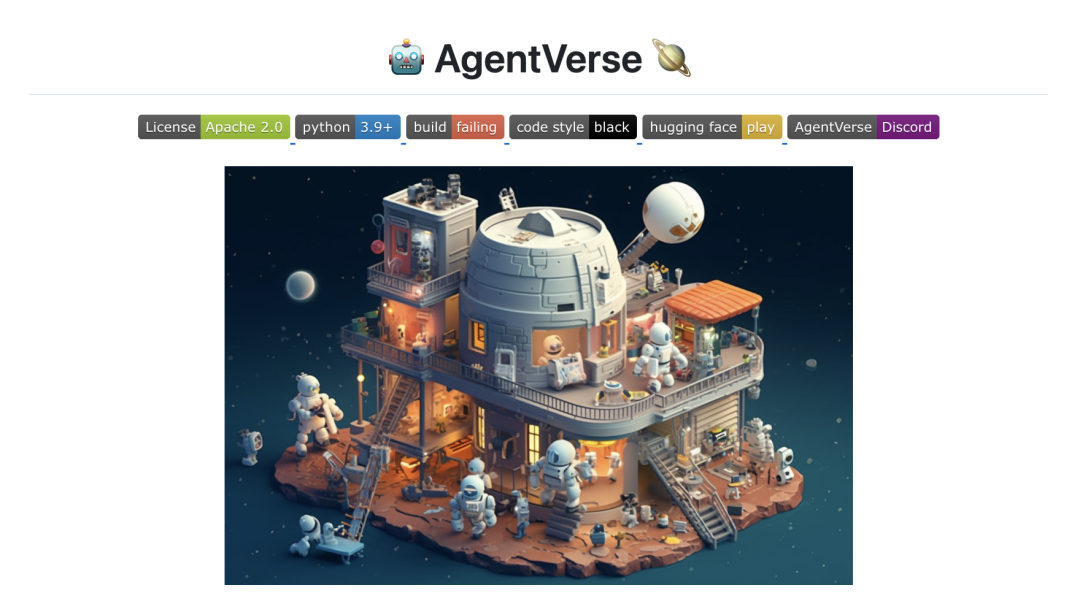
Core features
- multi-intelligent entity environment (MIE): Supports asynchronous parallel execution of multiple Agents in a shared environment.
- Rich communication protocols: Built-in message broadcasting, peer-to-peer communication, and other mechanisms to support "social" behavior between agents.
- Flexible deployment:: Can be deployed in local or distributed environments, facilitating large-scale simulation experiments.
technical architecture
AgentVerse Provides an independent state machine and toolset for each Agent, coordinated by a master Agent. It supports a variety of interaction policies, such as ReAct and conversation-driven models, making it an ideal platform for studying the social behavior of multiple intelligences.
Usage Scenarios
- Modeling social or economic gaming.
- Build complex conversational Agent teams, such as simulated call centers or corporate decision-making meetings.
- AI Teaching and Research.
5. SuperAGI: A Visual Agent Platform for the Enterprise
summary
if LangChain is a "command line" for developers, then the SuperAGI It is more like a "graphical interface" for the enterprise. It provides a visual agent management platform with the goal of lowering the threshold for deploying and managing agent applications.
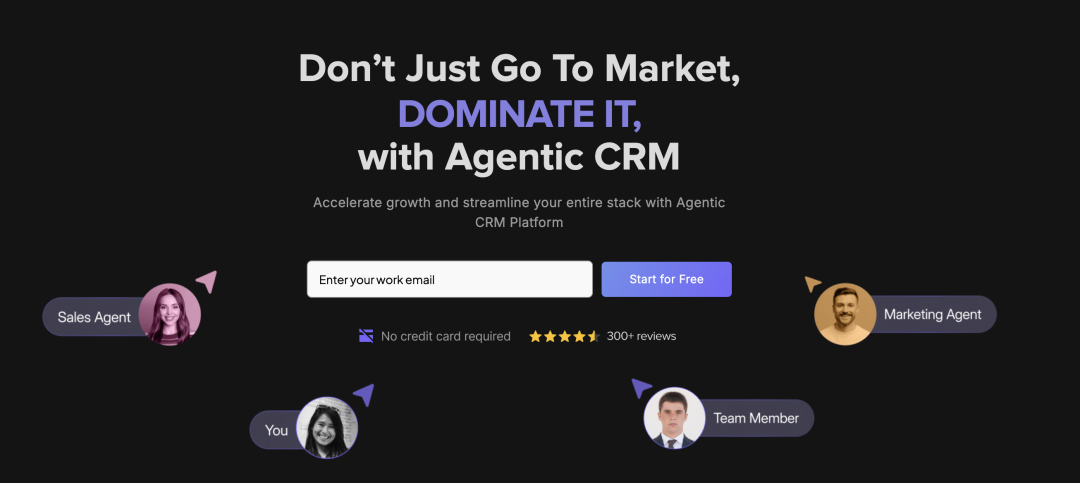
Core features
- Web UI Management: Provides an Agent Dashboard that makes it easy to create, configure, and monitor the running status of an Agent.
- Tools Marketplace: There is an active ecosystem of tools and plugins that make it easy to integrate Google search, browsers, SQL, and other commonly used tools.
- Task Queues and Logs:: Built-in task management system with detailed execution log tracking for easy troubleshooting and auditing.
dominance
SuperAGI The biggest advantage is its ease of use. Non-technical people can manage and run Agents through its UI interface, making it ideal for enterprise environments that need to get Agent applications off the ground quickly.
appliance
- Automated processing and summarization of internal enterprise documents.
- Periodic analysis of sales or market data.
- Build manageable intelligent customer service assistants.
6. MetaGPT: SOP expert for modeling software development processes
summary
MetaGPT It is a targeted Agent framework that encodes standard operating procedures (SOPs) for software development into a system that automates the entire software development process by simulating the collaboration of different roles (e.g., product managers, architects, engineers, and tests).
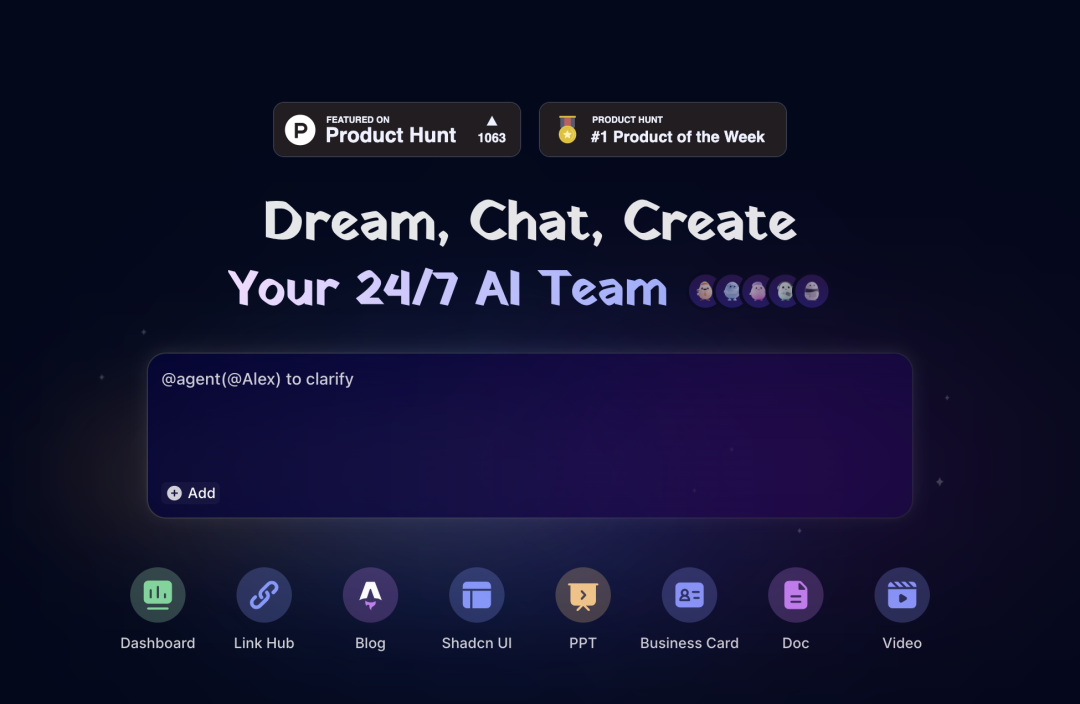
Core features
- SOP Driver:: A generic task decomposition that distinguishes it from other frameworks.
MetaGPTAt the heart of the program are predefined SOPs. it knows that developing a software requires requirements analysis, followed by architectural design, and then coding and testing. - Multi-Role Collaboration: Built-in roles such as Product Manager (PM), Engineer (RD), and Testing (QA), each with clear inputs and outputs.
- Standardization of outputs:: Ability to automatically generate structured products such as requirements documents, system design diagrams, code and test cases.
technical architecture
MetaGPT Advance projects based on task queues and flowcharts. After each role Agent completes its own task, it passes the output to the next role, forming an efficient pipeline. This model ensures the quality and consistency of the final output.
Usage Scenarios
- Rapidly generate project prototypes or Minimum Viable Products (MVPs).
- Automate the development of API interfaces and related documentation.
- As an aid to teaching software engineering.
7. OpenAgent: a modular agent system with a focus on interpretability
summary
OpenAgent Emphasizing modularity and interpretability of task execution, it is designed to make the Agent's decision-making process more transparent and controllable, especially for enterprise environments with high compliance and audit requirements.
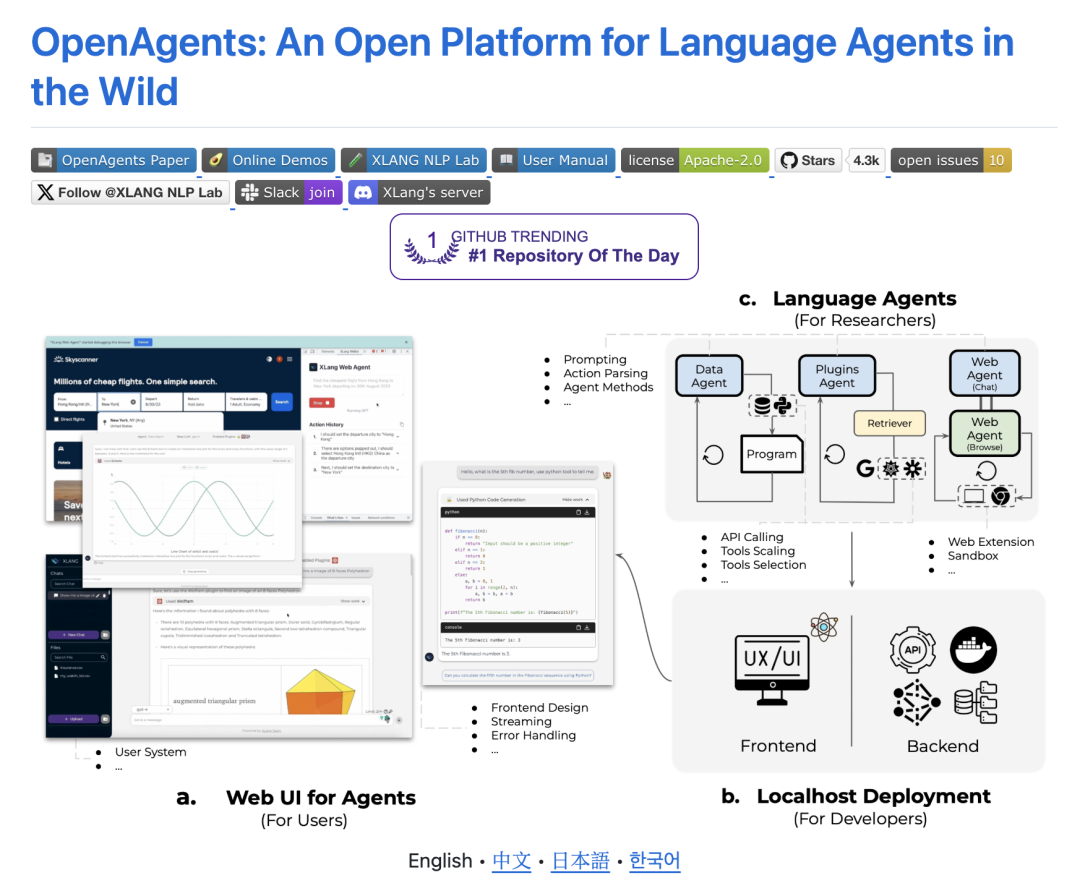
Core features
- modular decoupling: Separate design of core Agent components such as Planner, Tool, Feedback, etc. for separate upgrades and audits.
- Unified mission framework: Provide a unified
AgentExecutorto schedule all tasks, ensuring consistency in execution logic. - privatization-friendly:: Supports local large model deployment, easy to use in a private environment.
application scenario
- Finance, law, and other industries that require a high degree of interpretability in the decision-making process.
- Enterprises that need to build controlled, compliant, privatized Agent systems.
- Management of complex data workflows within an organization.
8. CAMEL: A Conversational Dual Agent System for Exploring LLM Minds
summary
CAMEL (Communicative Agents for Mind Exploration of LLMs) is a research framework proposed by a team at Stanford University that centers on a conversational system consisting of two Agents. It explores the deeper capabilities of LLMs in terms of reasoning, negotiation, and bias by having them play different roles and engage in dialog around a task.
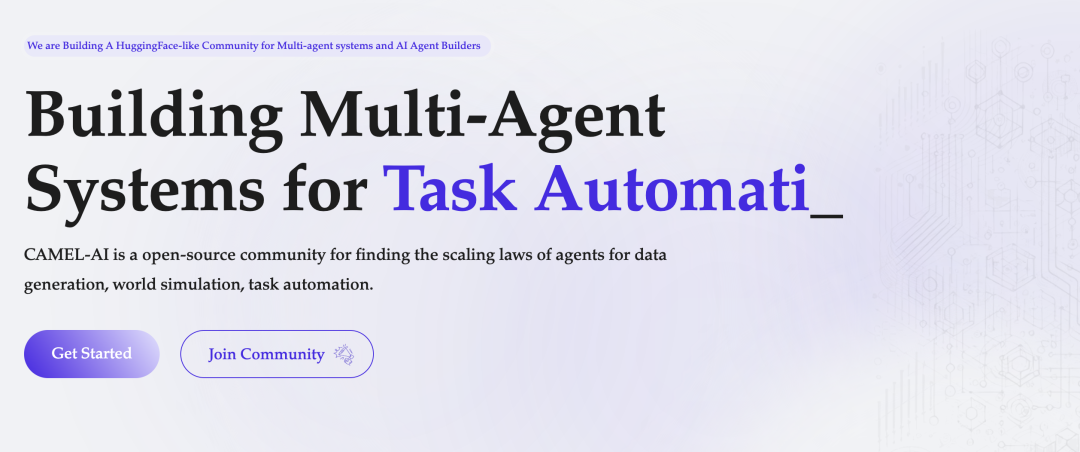
Technical Highlights
- Role-playing dialoguesThe system consists of an "AI User" Agent, which proposes tasks, and an "AI Assistant" Agent, which executes them and communicates with each other in the process.
- Mission Script Driven: Setting up roles and goals through predefined scenarios that lead the Agent to deeper interactions.
- Explore modeling capabilities:
CAMELThe main objective is not to complete the task, but to study the mental model of LLM by observing the dialog between the Agents.
Who is it for?
- AI researchers and scholars interested in the inner workings of LLM.
- Researchers who need to perform multi-agent negotiation or game modeling.
How to choose?
| organizing plan | Multi-Agent Collaboration | Tool integration capabilities | Visualization Support | Enterprise Fit | Core Application Direction |
|---|---|---|---|---|---|
| LangChain | Basic support | rare | not have | your (honorific) | Generic Development and Prototyping |
| CrewAI | built-in support | large | not have | your (honorific) | Structured teamwork |
| AutoGPT | unsupported | Basic support | not have | lower (one's head) | Proof of concept and experimentation |
| AgentVerse | Core Features | Partial support | Partial support | center | Multi-intelligent body social simulation |
| SuperAGI | built-in support | large | built-in support | very high | Enterprise Visual Workflow |
| MetaGPT | Core Features | large | built-in support | center | Automated software development |
| OpenAgent | built-in support | large | not have | your (honorific) | Interpretable private deployment |
| CAMEL | Core Features | unsupported | not have | lower (one's head) | AI mental modeling research |
- Beginners & General Development: From
LangChainTo start, it provides the most comprehensive components and documentation. - Structured multi-step tasks:
CrewAIis the best choice, and its role-based division of labor model is very clear. - Enterprise Rapid Deployment:
SuperAGIThe market for visualization interfaces and tools can be significantly accelerated to the ground. - Automated software development:
MetaGPTNo one else is in this vertical. - academic research:
AgentVersecap (a poem)CAMELSpecialized tools for multi-intelligent body interaction and LLM capability exploration are provided.






